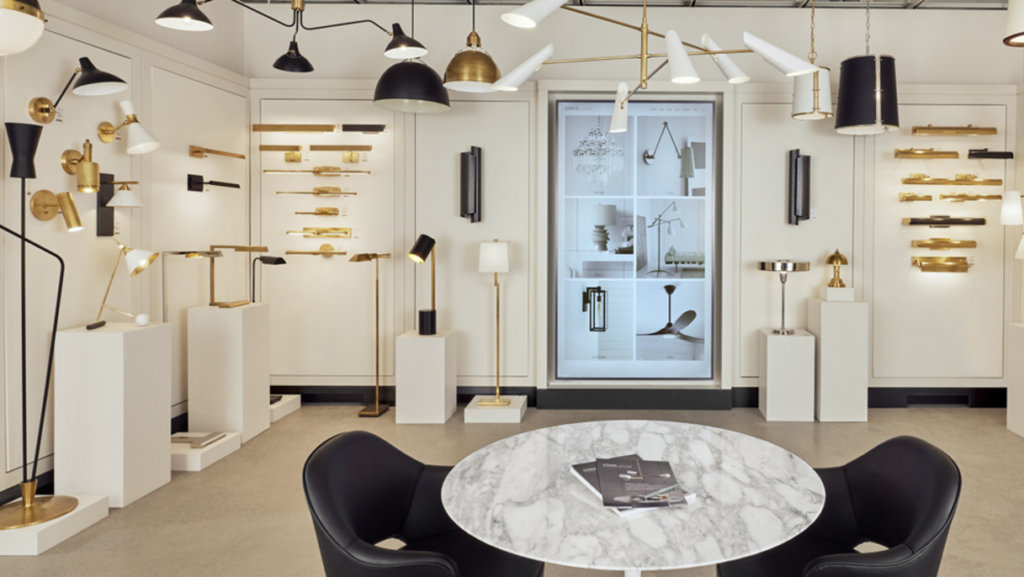Table of Contents
Introduction
In our fast-paced world filled with screens, artificial lighting, and visually stimulating environments, the concept of visual comfort has become increasingly relevant. Visual comfort refers to the ease, satisfaction, and overall well-being experienced when interacting with our surroundings visually. From the design of workspaces and homes to urban planning and digital interfaces, prioritising visual comfort can have profound effects on our mood, productivity, and overall quality of life. This article delves into the importance of visual comfort, exploring its implications in various contexts and providing insights into creating visually comfortable environments.
Understanding Visual Comfort A Multifaceted Concept
Visual comfort encompasses a wide range of factors that contribute to our visual experience in any given environment. These factors include lighting, color, contrast, glare, spatial layout, and ergonomics, among others. Achieving visual comfort involves optimising these elements to create environments that are visually pleasing, functional, and conducive to well-being. Whether it’s the design of a workspace, the layout of a public park, or the interface of a digital device, visual comfort plays a crucial role in shaping our experience and perception.
The Impact of Lighting on Visual Comfort
Lighting is perhaps the most influential factor in determining visual comfort. Natural light, in particular, has been shown to have numerous benefits for health and well-being, including improved mood, enhanced cognitive function, and better sleep quality. Incorporating ample natural light into interior spaces not only reduces reliance on artificial lighting but also creates a sense of connection to the outdoors, fostering a more comfortable and inviting atmosphere. Additionally, proper lighting design, including the use of task lighting, ambient lighting, and accent lighting, can further enhance visual comfort and functionality in both residential and commercial settings.
Creating Harmonious Environments Through Color and Contrast
Colour and contrast are powerful tools for shaping visual experiences and evoking emotional responses. By carefully selecting and coordinating colours and contrasts, designers can create environments that are visually stimulating yet harmonious. Warm colours like reds and oranges can create a sense of cosiness and warmth, while cool colours like blues and greens can promote relaxation and tranquillity. Similarly, balancing contrasts between light and dark, smooth and textured, can enhance visual interest and depth, contributing to overall visual comfort and satisfaction.
Mitigating Glare and Visual Disturbances
Glare, reflections, and visual disturbances can detract from visual comfort and create discomfort and fatigue. Whether it’s glare from harsh sunlight or reflections from glossy surfaces, minimising these sources of visual discomfort is essential for creating visually comfortable environments. This can be achieved through the use of glare-reducing coatings on windows, anti-reflective finishes on surfaces, and strategic placement of lighting fixtures to minimise glare and shadows. By addressing these factors, designers can create environments that are both visually pleasing and conducive to productivity and well-being.
Applying Principles of Visual Comfort to Digital Interfaces
In an increasingly digital world, the concept of visual comfort extends beyond physical environments to digital interfaces and experiences. User interface (UI) and user experience (UX) designers play a critical role in creating visually comfortable and intuitive digital products and interfaces. This involves considerations such as font choice, colour schemes, layout, and visual hierarchy to ensure ease of use, readability, and accessibility for users. By applying principles of visual comfort to digital design, designers can enhance user satisfaction and engagement while reducing eye strain and fatigue.
Incorporating Visual Comfort into Urban Planning and Architecture
Urban planning and architecture also play a significant role in shaping visual comfort within cities and communities. Well-designed public spaces, streetscapes, and buildings can enhance visual comfort, promote walkability, and create a sense of place and identity. This includes considerations such as building orientation, street lighting, greenery, and pedestrian-friendly design elements. By prioritising visual comfort in urban planning and architecture, cities can create environments that are not only visually appealing but also support the health, well-being, and quality of life of their residents.
Conclusion
In conclusion, visual comfort is a multifaceted concept that encompasses various factors contributing to our visual experience in any given environment. From lighting and colour to contrast and ergonomics, prioritising visual comfort can have profound effects on our mood, productivity, and overall well-being. Whether it’s creating inviting interior spaces, designing user-friendly digital interfaces, or planning walkable and livable cities, incorporating principles of visual comfort is essential for creating environments that support health, happiness, and quality of life. By embracing visual comfort as a guiding principle in design and planning, we can create more inclusive, enjoyable, and visually satisfying spaces for everyone.
For More Information Please Visit These Websites Viprow And Vecteezy

